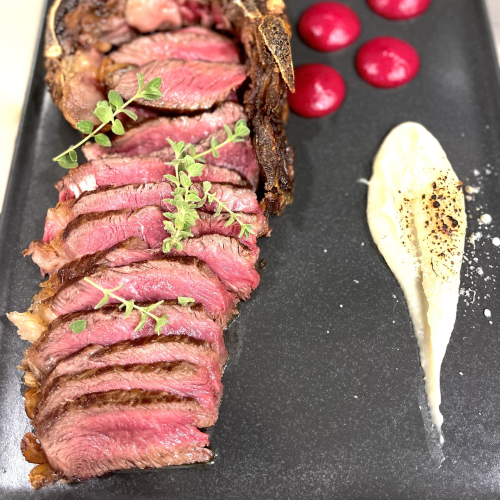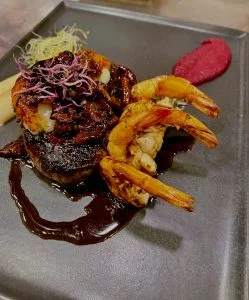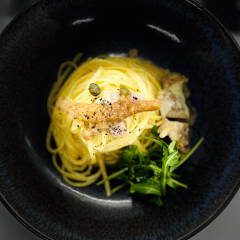Our wine philosophy
A FEW WORDS ABOUT CRETAN WINE
Cretan wine has come a long way since the beginning of the 20th century, when Sir Arthur Evans discovered an ideogram for the word “wine” in a sample of Linear B – the earliest attested form of Greek script – in Knossos. The Cretan wine industry has only recently shifted to high-quality production, after decades of turning out bulk quantities of highly oxidized “rocket-fuel” wine.
The leap in quality over the last few years is extremely impressive, and can be attributed to a number of factors. These include the emergence of a new generation of producers who, having studied abroad, are bringing back innovative ideas. Add to this the fascinating mosaic of indigenous grape varieties, the explosion in tourism and the focused efforts of the Wines of Crete network, and you can see why Cretan wine is coming on in leaps and bounds.
According to Wines of Crete, there are more than 80 producers on the island, with some excellent efforts in Hania and in Sitia, with Yiannis Economou raising the bar to stratospheric heights. But the heartbeat of this renaissance is felt primarily in the broader Irakleio (Heraklion) area. These terroirs, which have existed for ages, are home to around 50 producers that make up 90% of total production.
White Vidiano (also known as the Greek Viognier) and the singular perfumed red Liatiko tend to receive the most attention here, but there is a multitude of other indigenous varieties worth discovering too, such as Kotsifali, Mandilari, Thrapsathiri, Vilana and Dafni. Let’s not forget the Cretan version of Assyrtiko, either, or the unsung Rhone-like reds.
Over the last decade, Cretan wine has charted its own course – with an emphasis on both quality and the preservation of indigenous varieties. This is doubtless the right path to follow, but the job is far from over. Nevertheless, every time I visit Irakleio, I can almost feel the “fermentation” in the air.










